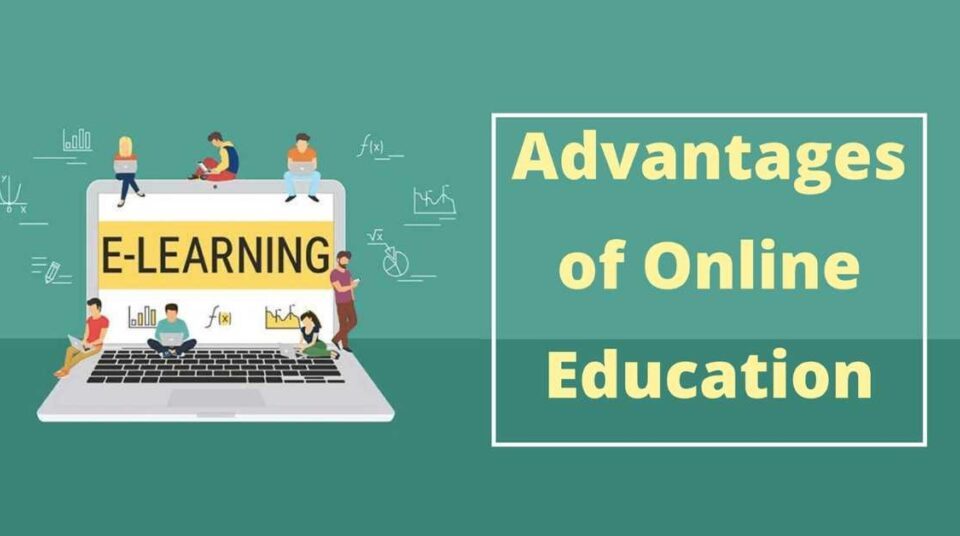Gamification in Learning: How to Engage Learners Like Never Before

Why E-Learning is a Cost-Effective Solution for Training
August 30, 2024
Gamification in Learning: Today, traditional learning methods often struggle to hold the attention of learners. This is where gamification comes in. Gamification is a revolutionary approach that has transformed how we learn, teach, and engage with content. Whether you’re a student, teacher, corporate trainer, or e-learning platform developer, gamification offers tools and techniques that can make learning fun, effective, and highly engaging.
In this blog post, we will explore what gamification is, why it’s effective, examples of its application, and best practices for leveraging it in your learning environment.
However, before we go on, If you’re an educator, corporate trainer, or learning enthusiast eager to unlock the potential of gamification, Alula Learning invites you to a Free Webinar on Gamification. This exciting session will explore how gamified strategies can enhance learner engagement and outcomes. Don’t miss this opportunity to learn from industry experts and take your teaching or training to the next level. Register now to secure your spot!
What is Gamification?
Gamification is the integration of game elements and principles into non-gaming contexts to drive engagement, motivation, and participation. It’s not about turning a lesson into a full-fledged video game but about incorporating game-like features, such as:
– Points and score to reward progress
– Badges and achievements to recognize milestones
– Leaderboards to foster competition and collaboration
– Challenges and missions to provide a sense of purpose
– Levels to create a progression system
By embedding these elements into learning experiences, educators and organizations can transform otherwise mundane or complex tasks into enjoyable and rewarding activities.
Why is Gamification Effective?
To understand the impact of gamification, we must delve into the psychology behind it. Gamification taps into basic human desires, such as:
1. Achievement and Mastery
Gamification provides learners with clear goals and rewards for achieving them. The sense of accomplishment from earning a badge or leveling up triggers a release of dopamine, which reinforces positive behaviors.
2. Competition and Social Connection
Leaderboards and multiplayer features appeal to our competitive instincts while encouraging teamwork and collaboration. Healthy competition can drive learners to push their boundaries and engage more deeply with the content.
3. Instant Feedback
Traditional learning methods often involve delayed feedback, which can demotivate learners. Gamification offers immediate feedback, enabling learners to track their progress and correct mistakes in real time.
4. Storytelling and Immersion
Gamified systems often include narratives or themes that captivate learners. These stories make lessons more relatable and memorable, helping learners connect emotionally with the material.
5. Autonomy and Exploration
Games encourage exploration and experimentation. Learners can choose how they approach challenges, making the experience feel more personalized and empowering.
Real-World Applications of Gamification
Gamification has found its way into various fields, proving its versatility and effectiveness. Here are some notable examples:
1. Education
Platforms like Kahoot! and Duolingo have redefined learning by gamifying quizzes, language lessons, and more. For instance, Duolingo uses streaks, levels, and rewards to motivate users to practice languages daily.
2. Corporate Training
Companies like Deloitte use gamified platforms to train employees in leadership and soft skills. By integrating leaderboards and challenges, employees stay engaged and motivated to complete their training programs.
3. Health and Fitness
Apps like Nike Run Club and Fitbit gamify exercise by incorporating badges, challenges, and social leaderboards to keep users motivated to stay active.
4. Customer Engagement
Brands such as Starbucks use gamification in their loyalty programs. Starbucks Rewards lets customers earn stars for purchases, which can be redeemed for free items, turning coffee purchases into a fun, rewarding experience.
5. E-Learning and Professional Development
E-learning platforms like Coursera and Codecademy use gamified progress tracking, certificates, and peer competition to encourage course completion.
Benefits of Gamification in Learning
The rise of gamification isn’t just a trend—it’s rooted in measurable benefits. Here are some of the key advantages:
1. Enhanced Motivation
By turning learning into a game, gamification makes learners more willing to participate and achieve their goals. Rewards and recognition create an incentive to keep going, even when the material becomes challenging.
2. Improved Retention
When learners actively engage with content through interactive challenges, they are more likely to remember what they’ve learned. Studies have shown that gamified learning can increase knowledge retention rates significantly.
3. Increased Participation
Gamification removes the fear of failure, encouraging learners to try again and stay involved. Features like instant feedback and second chances make learning less intimidating.
4. Skill Development
Through simulations and challenges, gamification provides a safe space for learners to practice skills, make mistakes, and learn from them without real-world consequences.
5. Scalability
Gamification can be applied to individual or group settings, making it suitable for classrooms, online courses, and large-scale corporate training programs.
Challenges of Gamification
While gamification offers numerous benefits, it’s not without challenges. Understanding these can help you implement gamification effectively:
1. Overemphasis on Rewards
Focusing solely on extrinsic motivators, like points and badges, can overshadow intrinsic motivation, leading learners to engage only for the rewards.
2. Poorly Designed Systems
Gamification that feels forced or irrelevant can backfire, leaving learners disengaged. A poorly implemented leaderboard, for example, can demotivate lower-performing participants.
3. Accessibility and Inclusivity
Some learners may not enjoy competitive environments or might struggle with the technology used in gamified systems.
4. Time and Resource Intensive
Designing effective gamified systems requires significant investment in time, effort, and resources, which may not be feasible for all organizations.
Best Practices for Gamifying Learning
To maximize the effectiveness of gamification, follow these best practices:
1. Understand Your Audience
Identify what motivates your learners. Are they driven by competition, collaboration, or self-improvement? Tailor your gamified elements to match their preferences.
2. Set Clear Objectives
Define what you want to achieve with gamification. Is it improved retention, increased engagement, or skill development? Align your game mechanics with these goals.
3. Incorporate Meaningful Rewards
Rewards should be tied to learning outcomes. For example, earning a badge for mastering a topic is more meaningful than receiving one for simply logging in.
4. Balance Challenge and Skill
Ensure the difficulty level matches the skill level of your learners. Challenges that are too easy or too hard can lead to disengagement.
5. Foster Collaboration
Gamification doesn’t have to be all about competition. Incorporate teamwork and shared goals to build a sense of community among learners.
6. Iterate and Improve
Gather feedback from learners to identify what’s working and what isn’t. Continuously refine your gamified systems to meet their needs.
Tools and Platforms for Gamification
Several tools and platforms can help you implement gamification in learning environments. Here are some popular options:
– Classcraft: Turns classrooms into role-playing games where students earn points for good behavior and academic achievements.
– Quizizz: Enables educators to create interactive quizzes with game-like elements.
– Habitica: A gamified productivity app that lets users turn tasks and goals into a game.
– Moodle: An open-source learning management system that supports gamification plugins.
– GameSalad: Helps educators create educational games without programming knowledge.
The Future of Gamification in Learning
The potential of gamification is immense, and its future looks promising. With advancements in technology such as virtual reality (VR), augmented reality (AR), and artificial intelligence (AI), gamified learning experiences are becoming more immersive and adaptive. Imagine virtual classrooms where students interact with historical figures in real-time or corporate training sessions that simulate real-world scenarios using AR.
As gamification continues to evolve, it will play a pivotal role in reshaping how we learn, making education more inclusive, engaging, and effective.
Conclusion
Gamification has proven to be a powerful tool for engaging learners in ways traditional methods cannot. By blending fun with functionality, it creates an environment where learners are motivated to participate, challenge themselves, and grow. Are you ready to learn how to implement these game-changing strategies?
Join Alula Learning’s Free Webinar on Gamification to discover practical techniques and tools for transforming learning experiences. This webinar is perfect for educators, trainers, and learning professionals who want to stay ahead of the curve. Click here to register now and start engaging learners like never before!
Gamification in Learning:




